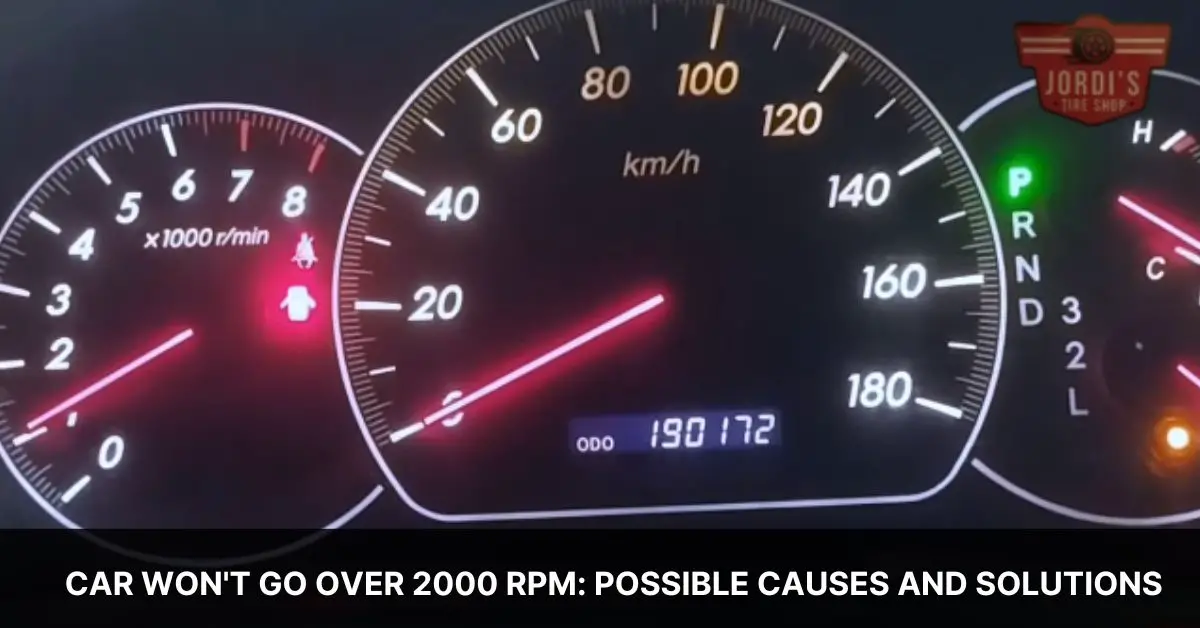Imagine this: you’re on the road, pressing the gas pedal, expecting your car to smoothly accelerate as it always does. But then, something unusual happens. Despite your efforts, your car refuses to go over 2000 rpm. It’s like hitting an invisible barrier that keeps you from picking up the speed you need. We’ve all been there at some point, scratching our heads, wondering what’s going on under the hood.
This scenario is more common than you might think, and it’s a clear sign that your car is trying to tell you something. Whether it’s a simple issue you can fix yourself or something that requires a professional’s touch, understanding the root cause is the first step towards getting back on the road. Let’s dive into what could be causing this frustrating limitation and how we can address it. After all, we’re in this journey together, and there’s nothing we can’t solve with a bit of knowledge and elbow grease.
Understanding the Problem: Car Won’t Go over 2000 RPM
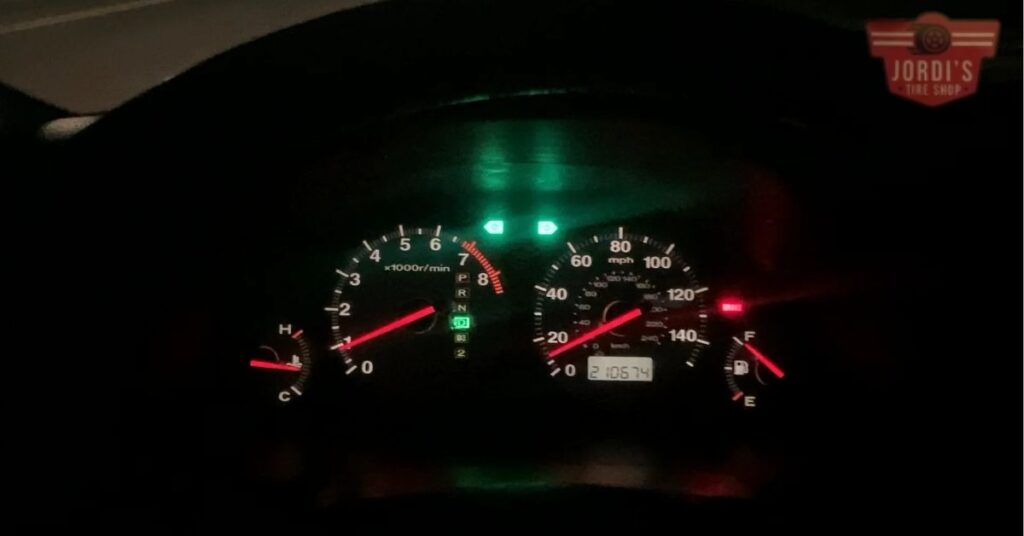
Following our exploration into why a car might fail to accelerate beyond 2000 rpm, we delve deeper into understanding the issue at hand. This limitation can manifest due to various reasons, each pointing to different aspects of your vehicle’s health and performance. Recognizing the root causes is crucial for identifying the right solution and ensuring your car operates at its best.
First off, this problem often signifies that the vehicle’s engine isn’t receiving the necessary amount of air, fuel, or spark that it needs to operate efficiently. Here, we’ll break down these essential components:
- Air Flow Issues: The engine requires a certain amount of air to burn fuel effectively. A clogged air filter or malfunctioning mass airflow sensor can restrict this flow, limiting engine performance.
- Fuel System Problems: Fuel injectors, fuel pumps, and fuel filters work together to supply your engine with the right amount of fuel. Should any of these components fail or become clogged, it could result in your car struggling to exceed 2000 rpm.
- Ignition System Failures: Spark plugs and ignition coils are responsible for igniting the fuel-air mixture in the engine. Worn-out spark plugs or faulty ignition coils can prevent the engine from reaching higher revolutions per minute.
- Exhaust Restrictions: A blocked exhaust system, including issues like a clogged catalytic converter, can cause backpressure that affects the engine’s ability to expel exhaust gases, thus limiting rpm.
- Transmission Issues: Though less common, problems with the transmission, such as a failing clutch in manual cars or issues with the torque converter in automatic cars, can also prevent the engine from increasing rpm effectively.
Understanding these potential causes helps us approach the problem with a more informed perspective. Specific diagnostic tools and tests can pinpoint the exact source of the issue, whether it’s within the air, fuel, ignition, exhaust systems, or even the transmission. Next, we’ll explore how to diagnose these problems effectively, ensuring we’re equipped to return your car to its optimal performance.
Potential Causes of the Issue
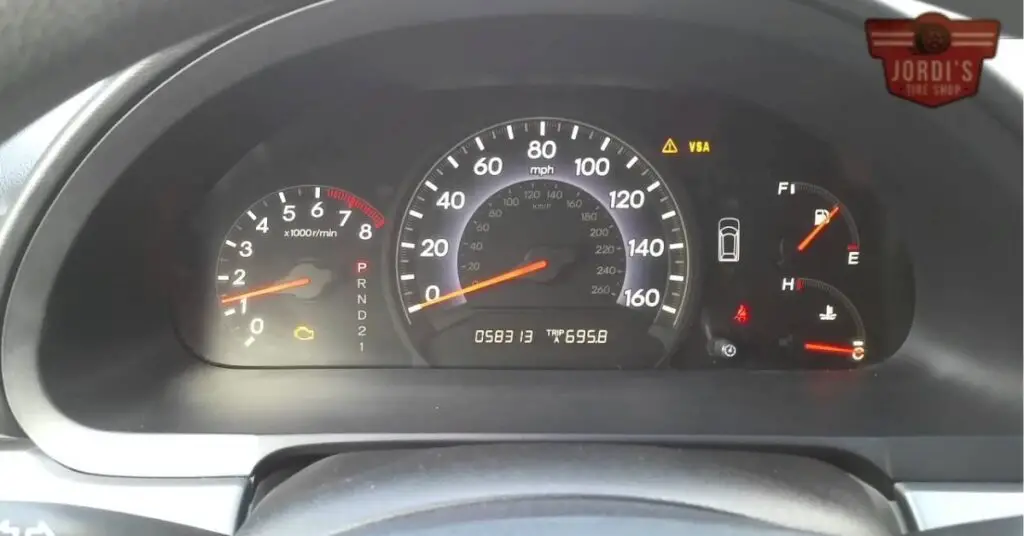
Diving deeper into the specific reasons a car might not accelerate beyond 2000 rpm, several factors come into play. Each of these components can independently or in combination with others, affect a car’s performance.
Air Flow Problems
When air intake is restricted, the engine doesn’t receive enough oxygen for the combustion process. Common culprits include:
- Clogged Air Filters: Air filters can accumulate dust and debris over time, leading to insufficient airflow.
- Faulty Mass Airflow Sensors (MAF): These sensors measure the amount of air entering the engine. If faulty, they can send incorrect data, affecting the air/fuel mixture.
Fuel System Issues
The fuel system’s proper functioning is crucial for delivering the correct fuel mixture to the engine. Issues here may involve:
- Clogged Fuel Injectors: These can hinder the delivery of fuel.
- Malfunctioning Fuel Pumps: A weak fuel pump can fail to supply enough fuel to the engine.
- Dirty Fuel Filters: Similar to air filters, fuel filters can become clogged, restricting fuel flow.
Ignition System Faults
The ignition system sparks the fuel-air mixture, powering the engine. Problems within this system can limit engine performance significantly:
- Failing Spark Plugs: Worn-out spark plugs can’t create the necessary spark efficiently.
- Faulty Ignition Coils: These convert low-voltage current into high-voltage electrical energy; if they’re faulty, the ignition process is hampered.
Exhaust Restrictions
An obstructed exhaust system hinders the removal of exhaust gases, affecting engine output. Possible obstructions include:
- Clogged Catalytic Converters: Catalytic converters can become clogged over time with debris, restricting exhaust flow.
Transmission Issues
Problems with the transmission system can also manifest as limited RPMs due to:
- Faulty Transmission Control Module (TCM): This module controls gear shifts. If it’s malfunctioning, it may prevent the car from accelerating properly.
- Transmission Fluid: Low or dirty transmission fluid can lead to inefficient gear shifts.
Understanding these potential causes helps us approach the issue methodically, utilizing diagnostic tools more effectively to identify the specific problem areas. This knowledge streamlines the troubleshooting process, ensuring optimal vehicle operation.
Diagnostic Steps
Moving beyond the identification of potential issues causing a car not to accelerate past 2000 rpm, let’s delve into the diagnostic steps necessary to pinpoint and address these problems effectively. These steps offer a structured approach to troubleshooting that can save time and ensure accuracy in identifying the root cause.
Check the Computer System for Error Codes
First, connect an OBD-II scanner to the vehicle’s diagnostic port. Most cars manufactured after 1996 have this port. The scanner will read the car’s computer for any stored error codes, which can provide crucial information about the specific issue, be it related to the fuel system, ignition system, or any other.
Inspect the Airflow and Fuel System
Next, examine the air intake system, including the air filter and mass airflow sensor. Replace the air filter if it’s clogged, and clean the mass airflow sensor with a specialized cleaner if it’s dirty. Following this, assess the fuel system; this includes checking the fuel pump’s pressure with a fuel pressure gauge and inspecting the fuel injectors to ensure they’re not clogged. If the fuel pressure is low, it might indicate a malfunctioning fuel pump or a clogged fuel filter.
Evaluate the Ignition System
Inspect the ignition system components, such as spark plugs, ignition coils, and distributor if applicable. Faulty spark plugs or ignition coils can significantly impact engine performance. Make sure the spark plugs are in good condition and replace them if necessary. Test the ignition coils with a multimeter to ensure they’re functioning properly.
Verify the Exhaust System and Transmission
Examine the exhaust system for any signs of blockage, especially the catalytic converter. A clogged catalytic converter can restrict exhaust flow, leading to reduced engine performance. If the vehicle has a manual transmission, check the clutch for slippage, which could prevent the engine from accelerating properly. In automatic vehicles, pay attention to the transmission fluid level and condition, and check for any error codes related to the transmission control module.
Following these diagnostic steps, we’re equipped to isolate and address the cause of a car not accelerating beyond 2000 rpm. This systematic approach ensures we tackle the problem effectively, restoring optimal vehicle performance.
Fixing the Problem
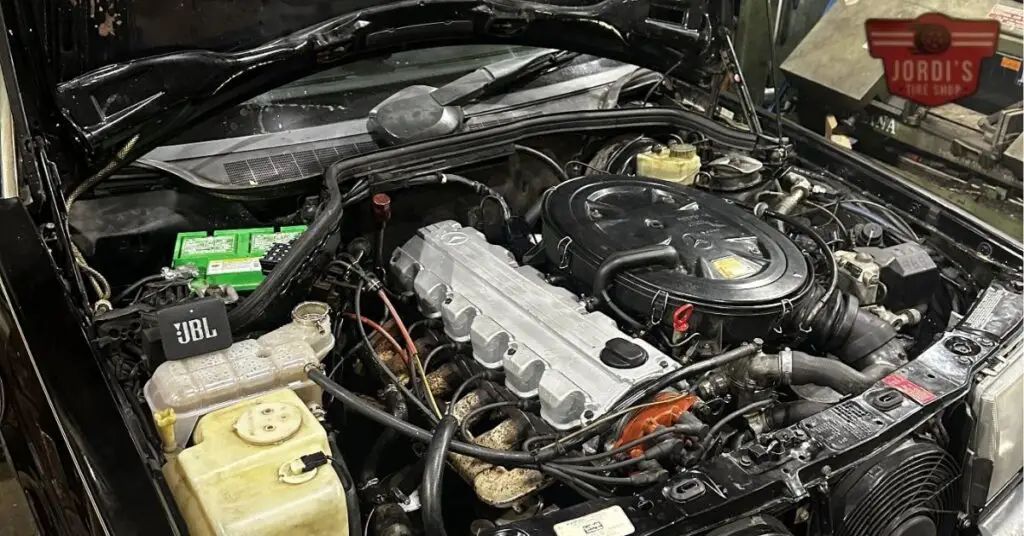
After understanding the potential reasons why a car won’t go over 2000 rpm, it’s time to address the issue head-on. Fixing the problem often requires a step-by-step approach, focusing on the most common culprits first.
Inspect and Replace Air Filters
Our initial step involves checking the air filters. A clogged air filter restricts airflow to the engine, significantly reducing performance. If we find the air filter is dirty or clogged, replacing it can instantly improve airflow and potentially resolve the rpm limitation.
Clean or Replace the Mass Airflow Sensor
Next, we turn our attention to the mass airflow sensor. This sensor determines how much fuel is needed for optimal engine performance. If it’s faulty or dirty, it can misread airflow data, leading to poor acceleration. Cleaning it with a specialized cleaner or replacing it, if necessary, often solves the issue.
Check Fuel Injectors and Fuel Pump
Ensuring the fuel system works correctly is crucial. We check the fuel injectors for clogs and the fuel pump for proper operation. Using fuel system cleaners can sometimes unclog injectors, but more severe cases might require professional cleaning or replacement.
Evaluate the Ignition System
A comprehensive check of the ignition system, including spark plugs and ignition coils, is essential. Worn-out spark plugs or faulty ignition coils can lead to poor engine performance. Replacing these components if they’re damaged or past their service life can significantly improve the situation.
Examine the Exhaust System
A clogged catalytic converter restricts exhaust flow, causing reduced engine performance and limited rpm. Inspecting the exhaust system and replacing the catalytic converter if it’s clogged can restore performance.
Diagnose Transmission Issues
Lastly, problems with the transmission control module or other transmission components can prevent the car from exceeding 2000 rpm. Using diagnostic tools to check for transmission error codes is crucial. In some cases, reprogramming or replacing the transmission control module is necessary.
Addressing these areas systematically offers the best chance at resolving the issue, leading to a smoothly running vehicle. By following these steps, we tackle the problem effectively, ensuring our car performs optimally.
Preventative Measures
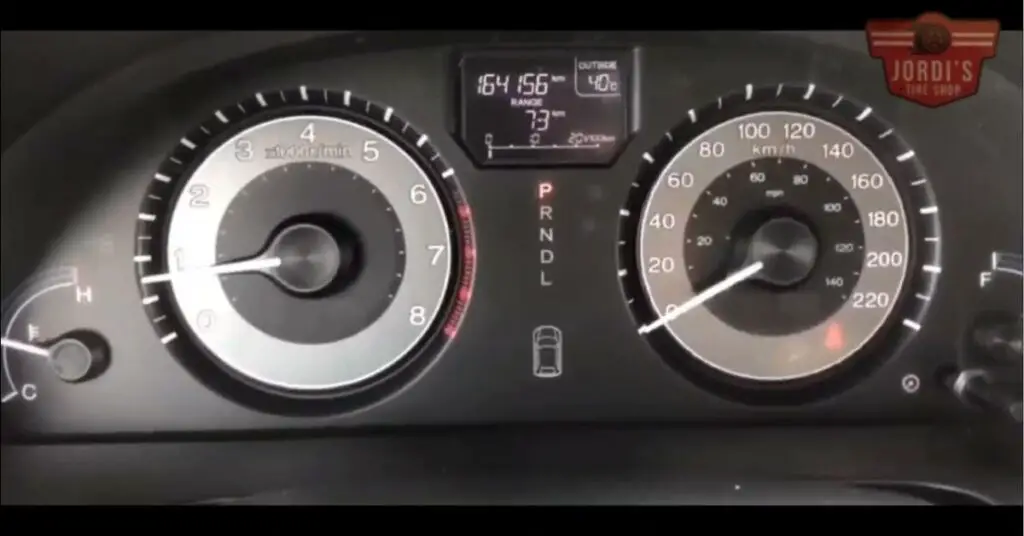
Moving on from identifying and resolving the issue of a car not accelerating beyond 2000 rpm, we’ll now focus on key preventative measures. These steps are crucial for maintaining your vehicle’s health and preventing similar problems in the future.
Regular Maintenance: Staying on top of your car’s maintenance schedule is paramount. Regular oil changes, air filter replacements, and fuel system cleanings keep the engine running smoothly, preventing buildups that can clog and impair system functions.
Periodic System Checks: Regularly inspect your vehicle’s critical systems, including the air intake, fuel, ignition, exhaust, and transmission systems. Early detection of potential problems, such as a clogged filter or a failing spark plug, can prevent them from escalating.
Use Quality Parts and Fluids: Opting for high-quality replacement parts and fluids can make a significant difference. Quality fuels, oils, and components ensure optimal performance and longevity of your vehicle’s systems.
Monitor Vehicle Performance: Pay attention to any changes in your car’s performance. If you notice unusual behavior, such as difficulty accelerating or a decrease in fuel efficiency, it’s important to investigate further.
Diagnostic Checks: Utilizing diagnostic tools periodically, even when there are no evident issues, can help in early identification of potential problems. OBD-II scanners provide error codes that pinpoint specific issues, enabling preemptive action.
Implementing these preventative measures, we can significantly reduce the likelihood of facing a situation where the car won’t go over 2000 rpm. Regular care and early detection are key components in maintaining optimal vehicle performance and preventing minor issues from becoming major problems.
Conclusion
We’ve explored the complexities behind why a car might struggle to exceed 2000 rpm and how to tackle this frustrating issue. Remember, the key lies in regular upkeep and being vigilant about your car’s health. By staying on top of maintenance and addressing problems early, we can avoid the stress of unexpected breakdowns. Let’s make car care a priority to ensure our vehicles keep running smoothly. After all, a little attention and care can go a long way in keeping us safe and our cars in top condition. Happy driving!
Related Posts:

